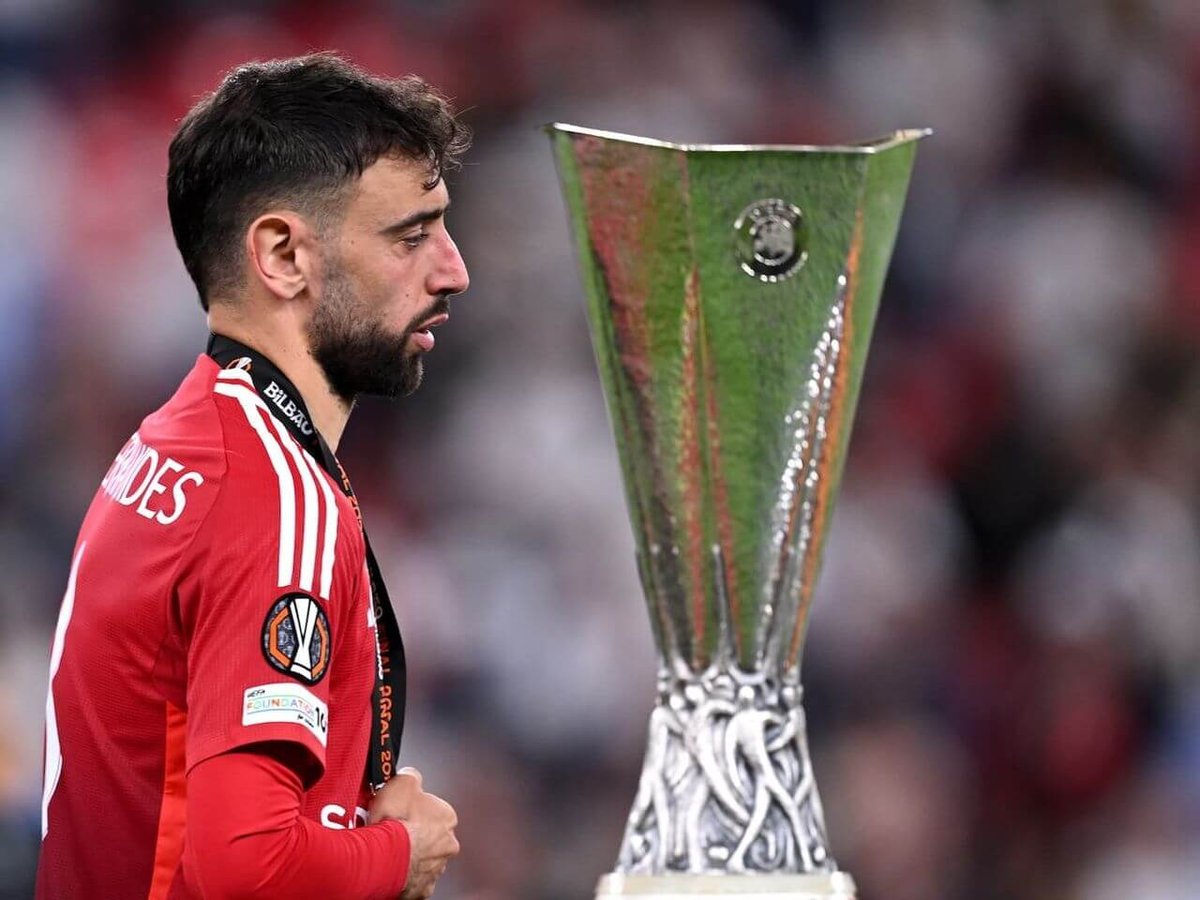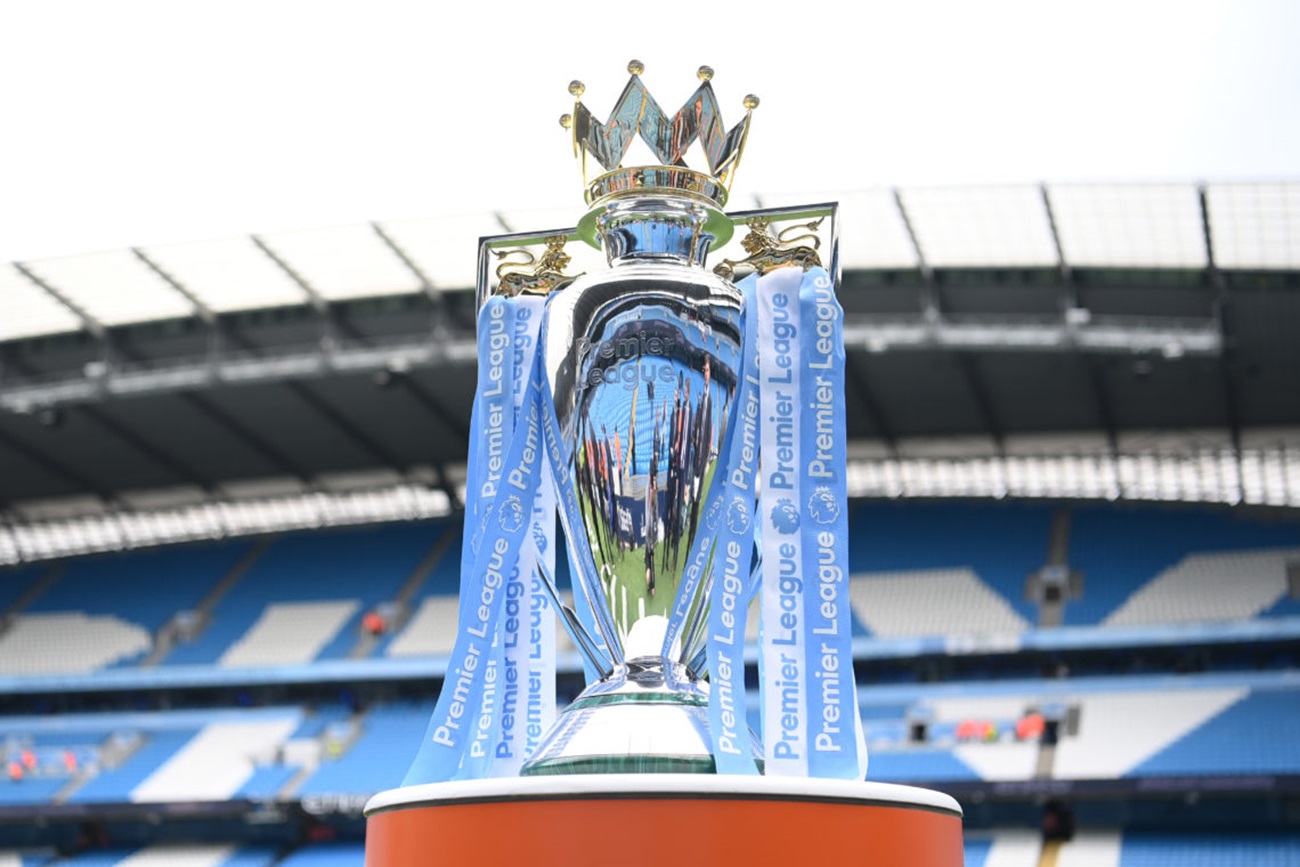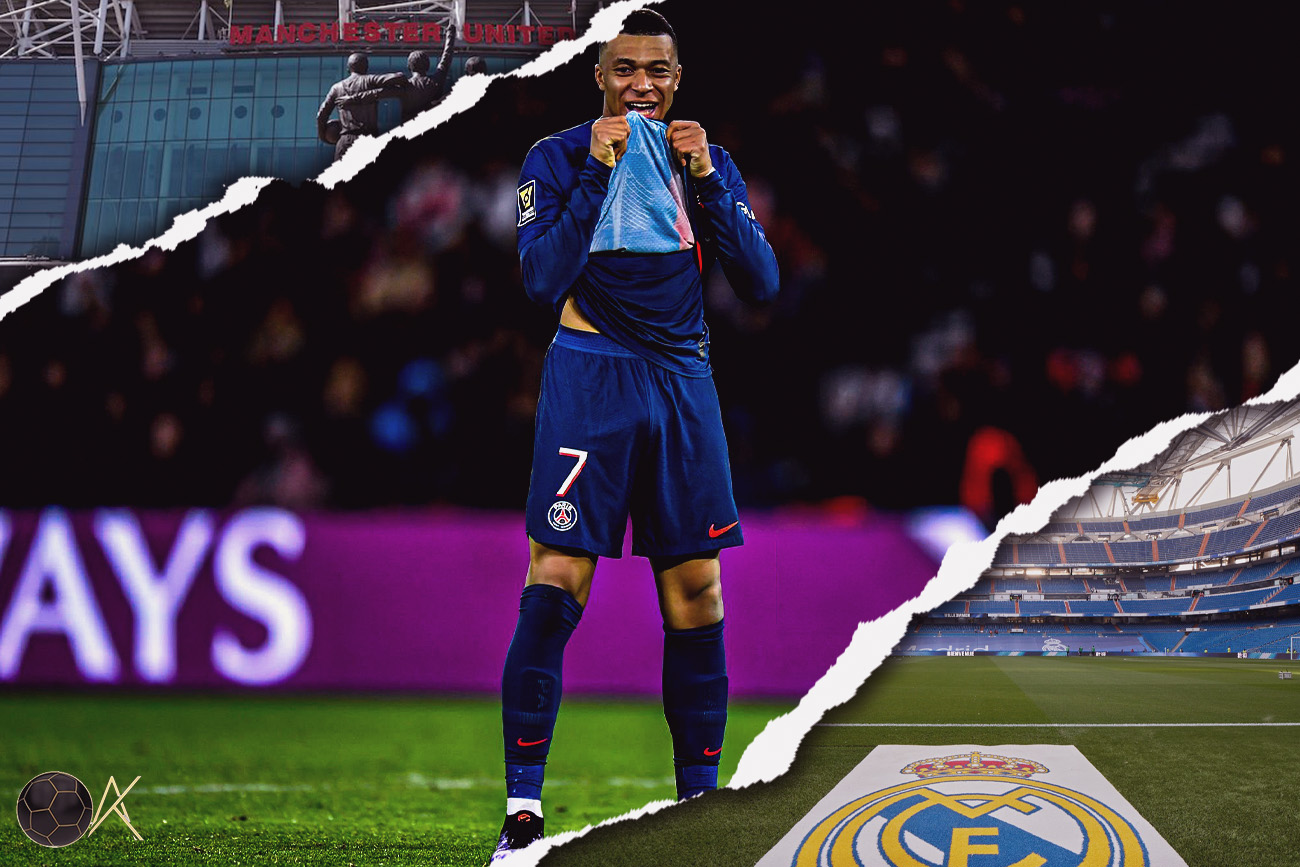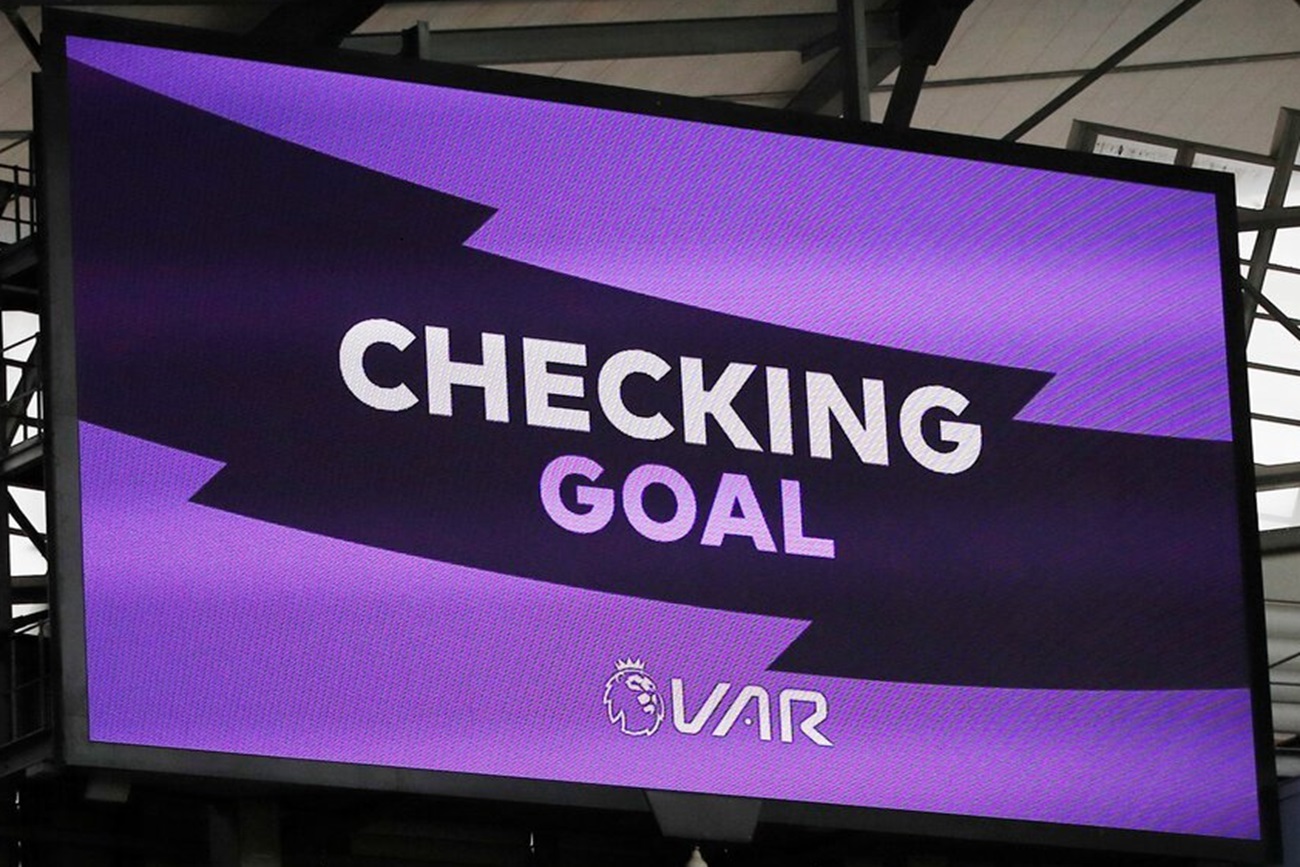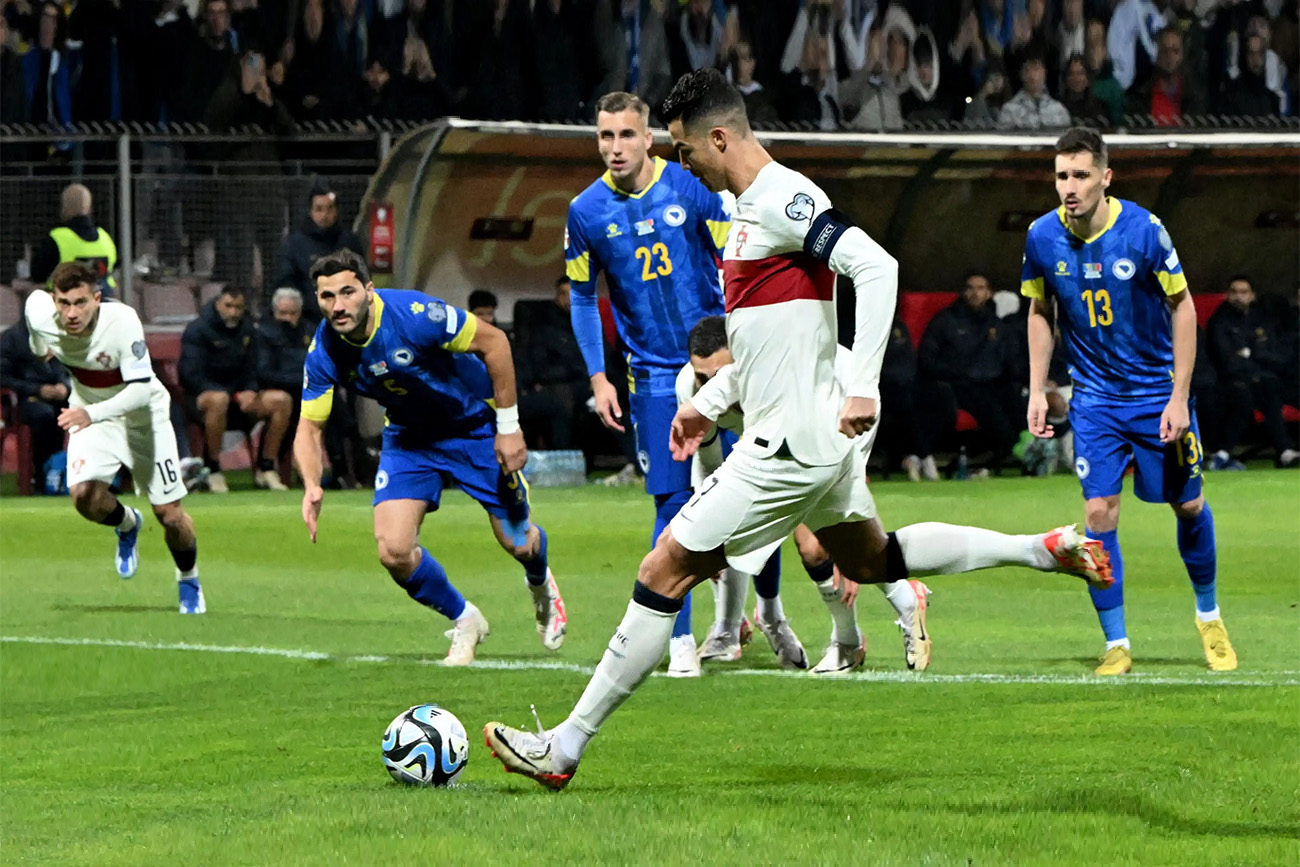
Injuries in football
Do major injuries affect a footballer’s performance negatively more than minor injuries?
In May 2013, an article was published by UEFA, an integral part of the governing of football – mainly with European competitors. The subject of the article was `Do injuries affect a team negatively? ` and it was tested on 24 different teams. They concluded that: `Injuries had a significant influence on performance, in the league play and in European cups, in male professional football. The findings stress, the importance of injury prevention to increase a team’s chances of success.”
Not many fans think about the lasting effects that injuries may have on players. Of course, in a contact sport such as football injuries are common to a player. It’s how they respond after such a setback that will help define their careers as athletes. What can be classed as a major or a minor injury? In a sport like football, the severity of the injury is usually adjudicated by the duration of recovery. In other words, it relies on how long the player will be out of action. Thus, the lengthier the injury, the more `major` or `serious` it is considered. The timestamp is usually greater than one month – for major injuries. To break it down further, the time stamp, usually, for a ‘serious’ injury is when the player has been side-lined for more than one month. However, if it is less than a month, then the injury is, usually, considered ‘minor.’
This blog will showcase some of the links between the two types of injuries and a player’s performance. As mentioned before there will be a few case studies that look into the question "Do major injuries affect a footballer’s performance negatively more than minor injuries?
Common (minor) Vs Serious Injuries:
This short section will help clearly distinguish between what can be considered a serious and common injury, which was briefly mentioned in the introduction. Thus, emphasising the point made previously: `the lengthier the injury, the more ‘major’ or ‘serious’ it is. The timestamp is usually greater than one month – for major injuries. To break it down further, the time stamp, usually, for a ‘serious’ injury is when the player has been side-lined for more than one month. However, if it is less than a month, then the injury is, usually, classed as ‘minor.’ To summarise – if an injury lasts for more than a month it is considered serious. Anything less is classified as minor. This all revolves around a football context.
Thus, while picking injuries there were some loopholes – for e.g. ACL tear, which Zlatan sustained, can also be considered a common injury. These are usually associated with 'minor' injuries however, an ACL tear is known as a serious which has the potential to end careers for all athletes. There have been players who have received the same injury on a bigger magnitude, but considering his importance in the game and popularity, many fans would be able to relate more to him. Despite it being a common injury, it had chances of ending the player’s career due to his age coming close to the average retirement age for a football player. Hence, in this case, the injury was catalogued as serious. Another anomalous case of common injuries is stress fractures – they can side-line a player for months but are very common to a majority of athletes in the sports industries.
Therefore, when picking the case studies, I made sure that the serious injuries used were injuries that lasted for more than one month and for minor injuries, I made sure the injuries picked only kept the player out for three games minimum.
Here is a table created using information from NHS on minor and serious injuries:

Case Study 1: Marcus Rashford
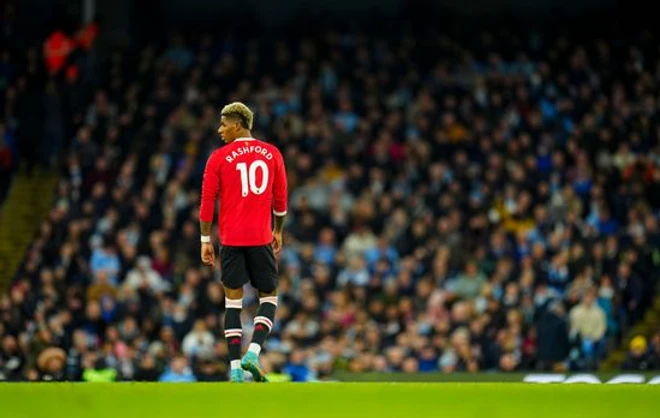
Marcus Rashford's Injury:
During the 19/20 season, he had sustained a stress fracture in his lower back in mid-January which was supposed to keep him away until mid-April. But, as mentioned, the pandemic had suspended the season until late June 2020, which allowed Rashford the perfect amount of time to recover to restart his season. This injury was common in most adolescent athletes and is sustained through repeated stress on the extension and rotation of the spine.
Then the following season it was said that he sustained a shoulder injury in late November 2020, which was described as a "muscle tear." This injury was "sustained" up until July 2021 as he had participated, minimally, during the Euro 2020 campaign. Despite this, he did partake in a full season with Man Utd prior which, probably, didn't help his shoulder problems. It was said to have limited his movements on and off the ball and when challenging for headers, portraying the seriousness of the injury. Hence after the summer tournament, he would undergo imminent surgery on his shoulder which would side-line him until late November 2021.
Marcus Rashford during the 19/20 and 20/21 was nothing short of world-class. This was in terms of his overall play and contribution to the team with his goals and assists. In the 19/20 campaign, he managed to get 34 goal contributions (goals + assists) in 44 games. These numbers are not easy to achieve and are only done by a select few in world football during a whole season. However, during mid-season, he did suffer a stress fracture in his lower back which was expected to side-line him for 3-4 months. Although the coronavirus, pandemic broke out and suspended the season up until late June 2020. This was seen as a major injury due to the lengthy recovery phase he had to undergo.
The following season in 20/21, he managed 36 goal contributions in 57 games. Thus showing his back injury from the previous season was not slowing him down. Rashford and Man Utd managed to make 5 semi-finals and a final during these two years, showing the level at which Rashford was competing. This further emphasises the form Rashford was in during these two years, as he was producing numbers that were better than some of the greats of the game such as Neymar who managed 28 goal contributions in 20/21, although he played fewer matches.
Despite these numbers, it became quite evident prior to the Euro 2020 campaign that Marcus was struggling with a shoulder injury the whole season. It was implied that he may not make the England roster for the tournament as he would have to undergo surgery on his shoulder. However, his excellent form made the English manager take the risk and include Rashford in the squad. Although during the tournament Rashford was used as a substitute in most matches and unfortunately missed a decisive penalty in the final.
Once the tournament ended, it was decided that Rashford would miss the start of the 21/22 campaign with Manchester United. This was to allow him to rehabilitate after the surgery on his shoulder. He would return to first-team action near the end of November 2021.
Marcus Rashford Post Injury:
This brings us to the current date in April 2022. Marcus Rashford returned from his surgery very well, with 3 goals in 4 games on his return in November - December 2021. It looked like he was the missing piece for a poor Manchester United team this season. However, that was short-lived as his performances started to falter and his overall fitness looked poor. There were also other distractions with the poor form of Man Utd and managerial changes but this should not have affected his overall performance for the months to come. Currently, in April 2022, he is on 5 goals and 2 assists in 27 games. He has only managed a further 4 goal involvements since December 2021.
The drop off in form is staggering, in terms of numbers, but even his work rate and overall performance on the pitch is nothing short of disappointing for many fans. The surgery was done when Man Utd had a few pre-season games to help condition the players before the season started. For Rashford, he could not take part as he had to focus on regaining mobility in his shoulder for him to resume training in mid-October.
This highlights how significant a major injury is on a player's performance and overall confidence as well. It is very evident that Rashford is nowhere near the levels he showed prior to this season and that this reoccurring injury from November 2020 has hindered his development in this current season. He has lost his place in the starting XI for both Man Utd and England with the World Cup looming at the end of the year. This further emphasises how major injuries affect a players performance in a negative way, although this could be a purple patch for Marcus Rashford. Thus, with proper pre-season for the next season he may be able to return to top form and perform at the level he is capable off as seen in the seasons prior.
Case Study 2: Kylian Mbappe

Prior to his two 'minor injuries' Mbappe didn't have quite a successful season with PSG even though they won two domestic French cups. They failed to win Ligue 1, with dark horses LOSC Lille shocking many fans across the globe. And once again failing to win the UEFA Champions League which has been a long-standing goal for the Parisian giants. However, individually Mbappe produced astounding numbers as he played 47 matches and had 53 goal contributions for PSG.
The summer after the conclusion of the domestic and European leagues, the postponed Euro 2020 took place, with France as major favourites after their World Cup success in 2018. Although his performance and the majority of the superstars in the French national team had a very underwhelming campaign. They exited the competition in the Round of 16 where they lost in a penalty shootout to Switzerland with Mbappe missing a decisive spot-kick. He even drew a blank in the tournament scoring 0 goals but assisting twice. Which summarised the overall poor performance of France in the latest European Championships.
